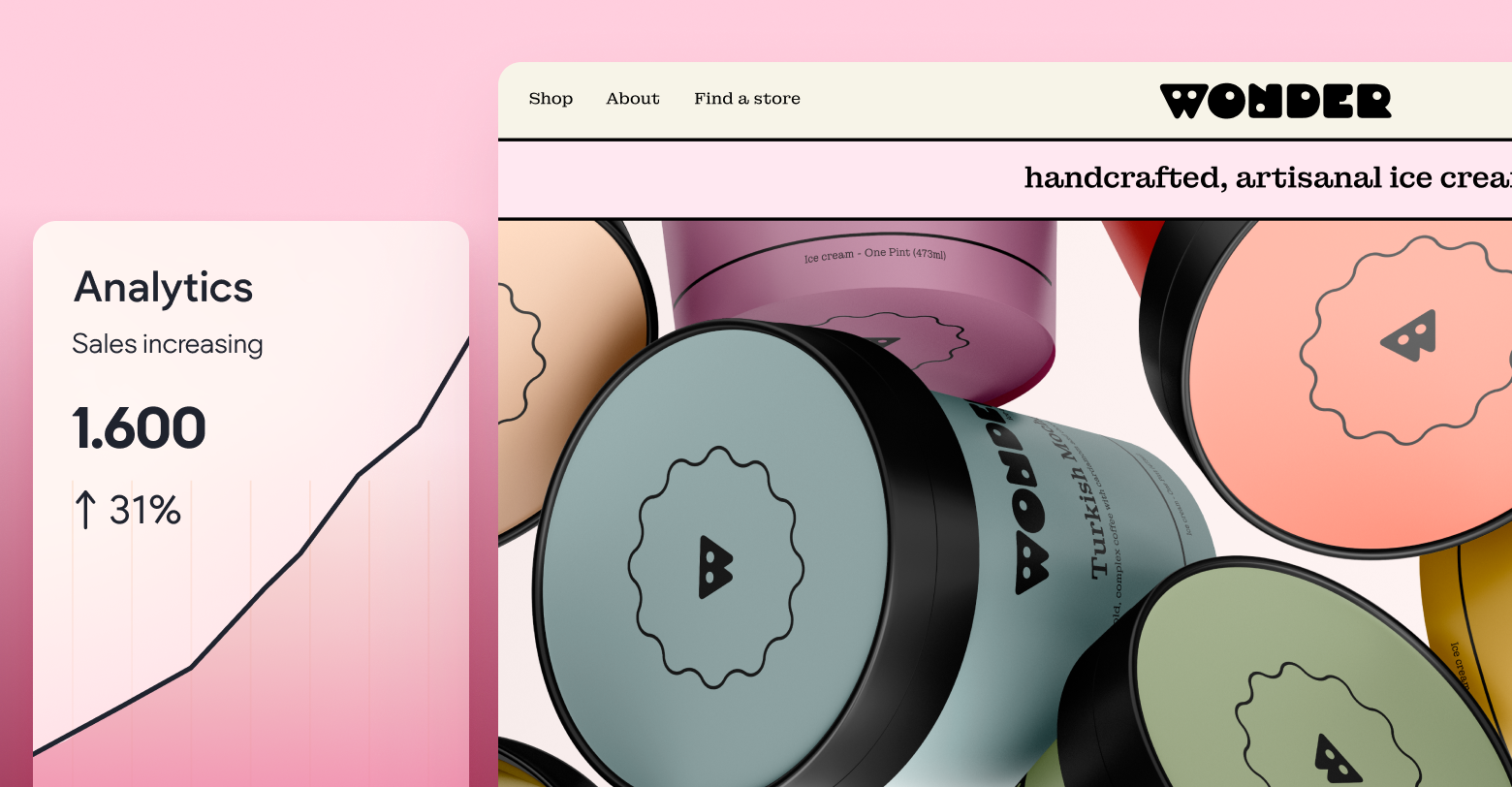You’ve built an online store for your clients, and maybe they even have a few purchases under their belt. They’re excited about the prospect of making money from their website, and are more enthusiastic about your agency’s ability to transform their brochure-style website into a bonafide retail channel. In short, they’ve cleared the first hurdle towards eCommerce success. However, as an agency you know better than anyone that the phrase “build it and they will come” is total bogus. Results takes effort.
Uploading products to a website is step one. Now, you need to implement the right strategies and features for your particular client to maximize conversions and drive results. Broad strategies like SEO as well as simple tweaks like product images all have an impact on a store’s conversion rate. Free or low cost shipping? Buy now, pay later services? Videos on product pages? Features, offerings, and tools like these all impact the amount of revenue your clients may bring in—but not all features make sense for every client.
SMBs selling large items like furniture may not be able to absorb the cost of shipping, for instance. In-store pickup won’t make sense for an SMB without a physical location. This article outlines a few strategies you can implement to drive conversions for your clients, but understand that every client’s situation is unique.
That’s why we’re going to start with the most important feature you should implement today before attempting anything else—analytics integration.
eCommerce analytics
Google Analytics (GA4) is your client’s secret weapon for eCommerce growth. Their extensive (and free) analytic solution can vastly improve your client’s understanding of their customer base with insights into which products visitors are looking at the most, where they’re coming from, even what percentage are completing purchases.
This software relies on “eCommerce events” which represent a wide-range of interactions visitors can take on your client’s store. Things like adding payment information, beginning the checkout process, viewing an item, viewing their cart, etc. Duda has full funnel support for Google Analytics, so capturing these events is the easy part. Acting on that data, less so.
You’ll need to dive deep into this data to understand where your clients are facing bottlenecks in their conversion rates. Maybe you’ll find that 20% of your clients' potential customers are beginning the checkout process, but never completing it. In that case, offering your clients a third-party tool like Monto’s Abandoned Cart Recovery could be the solution.
You may also consider implementing a new payment method, or free/reduced shipping—two strategies we discuss later in this article.
Truly mastering GA4 is a topic all on its own. Our friends at SE Ranking have written a great blog about this to get you started. For more advanced strategies, check out this webinar where fan-favorite Andy Crestodina explains how he uses ChatGPT in combination with GA4. You could even explore Google’s GA4 Certification if you really want to test your knowledge.
Shipping
Customers react irrationally to shipping costs. I know I do. While free shipping is a proven conversion booster, it isn’t always the right choice for SMBs. Instead of aiming for free, encourage your clients to aim for less.
Studies show that 36% of consumers who abandoned their cart did so because they thought the cost of shipping was too high.
Your clients don’t have to absorb these costs. If they can, they should consider it, but there are other options. Flexible shipping rates, calculated at the checkout, can dramatically reduce the cost of shipping compared to flat fees. This is something that Duda supports out of the box, alongside a steep discount on shipping label purchases.
In-store pickup is another way to reduce shipping costs. We’ve
already written about the myriad of benefits in-store pickup offers an SMB, but eliminating the cost of shipping is absolutely another one. Again, Duda supports this out of the box.
Flexible payments
Consumers pay a lot of different ways, and they’re strict about their preferences. A
staggering 50% of consumers have canceled a purchase due to a lack of an acceptable payment method. The solution here is simple, meet your end-users where they are.
Duda supports a variety of payment processors, like Square and Stripe, as well as a litany of payment methods ranging from digital wallets to manual payments. Your clients can cater to digital-first consumers with Apple Pay or Google Pay, which has been shown to increase conversion rates by
as much as 30%, or even old-fashioned checks with in-store manual payments.
Buy now, pay later (BNPL) services, like
Klarna, are another great way to increase conversions. No small amount either! Offering a BNPL service
has been shown to increase checkouts by 27% and order values by 21%.
This may be the easiest strategy to implement in this article, and is definitely one worth considering.
High-quality product pages
There’s a lot of talk about the psychology behind how products are presented in retail environments, and online stores are no exception. Small changes can reap great rewards.
Product pages with videos, for instance,
have been shown to increase add-to-cart events by 37%. This, too, is a feature that Duda supports natively. However, sometimes the best product page is no product page at all.
In certain scenarios, like PPC landing pages, an optimized “Buy Now” button is a better option than a full product page. Expert Neil Patel has
an excellent article on “Buy Now” buttons that explores when to use them, how to maximize their value, and even what color you should make them. You can execute his strategies easily with Duda.
Google Shopping
Consumers heavily research their purchases. In fact, 87% of consumers claimed to research a product before making a purchase. A great SEO strategy is vital here, but so is robust support for Google’s Merchant Center.
Sharing rich product information with Google should be a vital part of your client’s eCommerce strategy. Otherwise, they risk potential customers missing them during this important research phase. Duda stores
natively support Google’s Merchant Center, making it easy to sync your client’s entire product catalog with the search giant.
How are you going to drive client conversions?
This is just a few of the many ways you can improve your client’s conversion rates before the holiday shopping season. Other strategies like paid advertising,
product reviews, and even
affiliate marketing can take things to the next level. Ultimately, what works is individual to your client’s unique needs—so don’t be afraid to try something new!
Let us know your holiday shopping strategy in the
Duda Community on Facebook.







